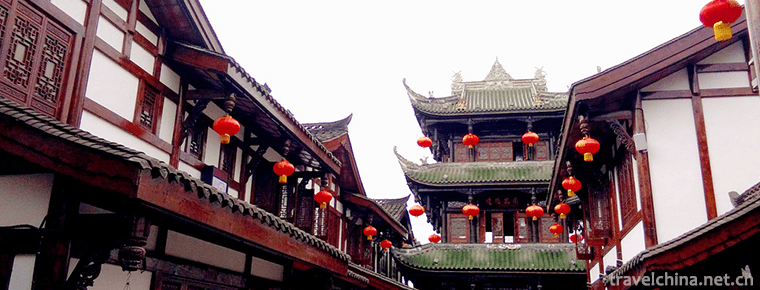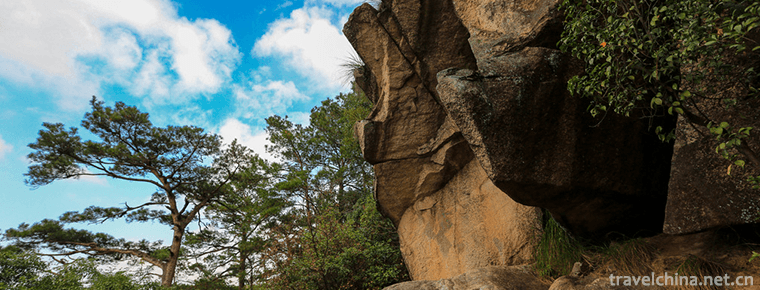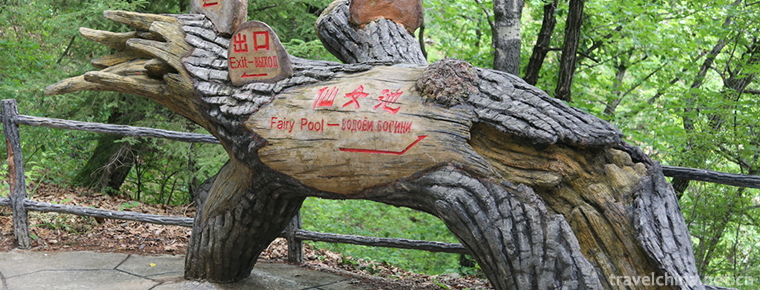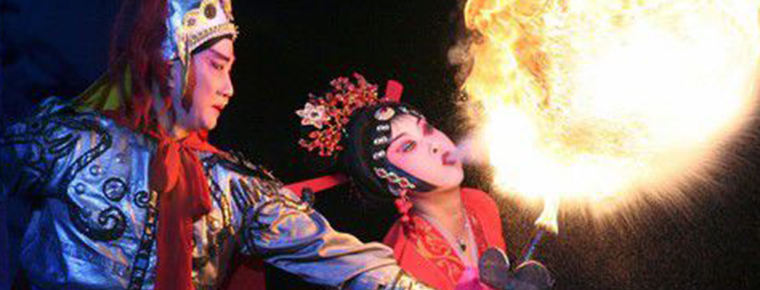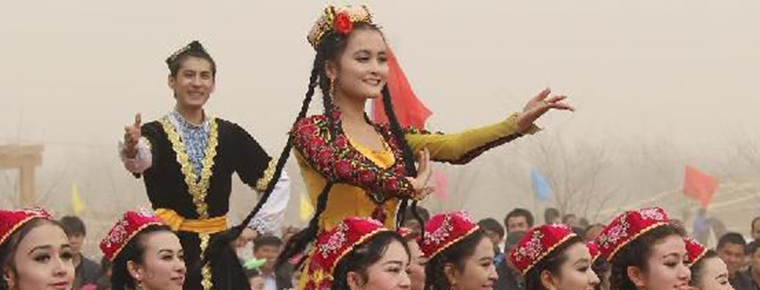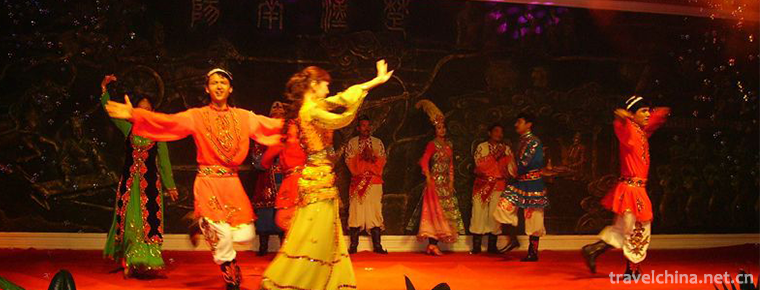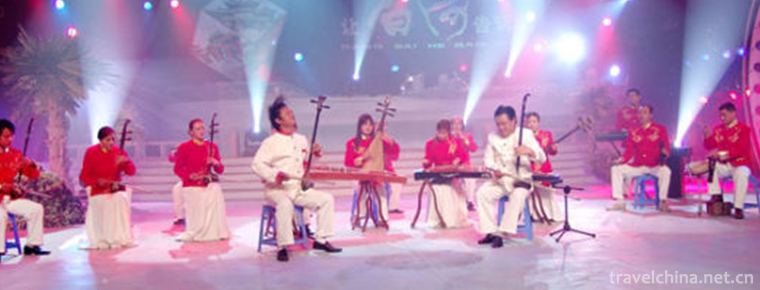Mudong Mountain Song
Mudong Mountain Song
Mudong folk song is a traditional folk song sung by the people of Mudong Town, Banan District, Chongqing City. Mudong folk song is a folk song sung by the people of Mudong Town, Banan District, Chongqing City. Its origin can be traced back to the "Bayu Song and Dance" of the ancient times, the "Lower Liba People" of the Warring States Period, the "Bazi Acura" of the Han Dynasty, and the "Bamboo Branches" of the Tang Dynasty, until the evolution of the Ming and Qing Dynasties.
Located in the east of Chongqing and on the South Bank of the Yangtze River, Mudong is a town in Banan District of Chongqing. In spring seedling transplanting season and golden autumn rice harvest season, on the vast fields of Mudong Town, Banan District, Chongqing, the people will sing Bayu folk songs while working.
On May 20, 2006, Mudong Folk Song was approved by the State Council to be included in the first batch of national intangible cultural heritage list.
historical origin
According to historical records, as early as the Warring States Period in BC, Questions to the King of Chu, written by King Chu Zong, contained Ba folk songs with Mudong folk songs as the main body. Mudong Town, located on the shore of the Golden Channel of the Yangtze River, is historically a land-and-water trade center with outstanding people. Mr. Yang Cangbai, Secretary-General of Sun Yat-sen's Revolutionary Grand Marshal Mansion of 1911, and Ding Cedar, the first female Ambassador of New China, were born here. In the long history, under the influence of Bayu culture and through the continuous creation, accumulation and refinement of local people in their work and life for thousands of years, Mudong folk song has formed a unique Bayu folk song culture, and has also fostered generation after generation of folk mountain singers.
In the old society before liberation, wooden cave folk songs could only be sung in the fields and hills and on the slopes. Farmers could only sing in their labors or after work to relieve the fatigue of labor and express the mood of workers. As a form of self-entertainment and self-pleasure, they were definitely unable to ascend the hall of elegance. After the founding of New China, especially since the reform and opening up of the country, the local government attaches great importance to the excavation, inheritance and development of Mudong folk songs as an important part of Bayu folk culture. The mountain singers are also respected and loved by the government and people.
artistic characteristics
content
Mudong folk songs have a long history. Along with the production and farming activities of the working people, they are accompanied by farming work and life by singing. There are grains (including high-pitched grains, flat-pitched grains, low-pitched grains, flower grains, etc.) which are called grains of crops or peasants. There are divine songs that invert normal phenomena in life and make fun of them; there are dial songs that are useful for singing in the form of songs; Unified rhythm, coordinated action and emotional labor chants (including boatmen's chant, engineering chant, handling chant, workshop chant, farming chant, etc.); folk songs sung in folk rituals and ceremonies (including solar terms, wedding song, funeral song, house repair song, birthday song, incense song, wine song, etc.); and various minor tunes and accompanied by dragon playing. Lion dancing, lotus flute dancing, boat rowing, dragon boat racing and other dance songs sung while dancing.
type
These kinds of folk songs also include a number of sub-categories. For example, ship song chant (mainly Chuanjiang chant) can be divided into upper water chant and lower water chant. Sheung Shui chant includes pole chant, plate radial chant, sailing chant, pull-up chant is divided into fiber chant, flat road chant, beach chant, near beach chant, chicken pecking rice chant and fibre harvesting chant; launching chant includes boat chant, plate radial chant; second-class raft chant, flat water chant, fast second-class raft chant chant, second-class raft chant chant, Yan-2-3 junction chant, beach chant chant chant, Beach wash chant chant chant, and beach chant chant. Grasp the trumpet, etc. For example, marriage songs include matchmaking songs, accompanying songs, face songs, combing songs, sitting songs and so on. The dressing song, sedan car song, sedan car song, road report song, car and horse song, solicitation song, etc. sung during the marriage; the chanting song, capping song, drinking song, congratulations song, thank-you song, banquet song, toast song, etc. sung before entering the cave; bedding song, furniture song and bedroom song, lotus Xiao song, farewell song after entering the cave room, etc.
In the past, besides singing folk songs in production, life and folk activities, Mudong people also held some traditional gatherings, such as Yangko Festival, Wedding Festival, Funeral Festival, Spring Festival Festival, Google Festival, Pickle Festival, Crab Festival, Fish Festival, Cattle Festival, Children's Festival, etc.
Representative Works
There are thousands of songs and ballads collected by the Cultural Department of Banan District. Among them, the popular ones are: the song of "beating clams" sung in the seedling season, the song of "beating valleys" sung in the autumn harvest season, the song of fishermen singing "fishing" and "crab song", the song of "racing on the slope" sung by cattle herdsmen, the song of "noisy houses" sung at weddings and so on. These folk songs have the characteristics of Bayu and local flavor, reflecting the diligence, wisdom, joy, fun and humour of the vast rural masses in labor, life and love. There are also various forms of singing: solo singing; multi-person chorus; and singer's whistle with index finger clipped to tongue, which matches another singer's folk song. When some seven-character lines of folk songs are sung to the second stanza, they usually raise their voice suddenly at the fourth word for several minutes, and then the song surpasses the wave before the final note is drawn.
Inheritance Significance
There are also many kinds of folk songs, such as labor chants, folk songs, performance songs and so on. There are thousands of tracks and many folk singers. In 1991, the first batch of 40 folk singers named by Chongqing, Mudong accounted for 37, of which 4 first-class singers who could sing more than 500 songs were all in Mudong. Mudong also compiled more than 300,000-word monograph "Mudong Mountain Song", which was published in December 2005. In 1990, Mudong area was named "the town of folk songs" by Chongqing. In 1999, Mudong folk songs were named "excellent folk art of Bayu and Chongqing".
Due to the change of production and lifestyle, most of the folk songs lost their foundation for development. The old generation of singers'aging and death, the inheritance of them broke down, and the Mudong folk songs are facing an endangered situation. Rescuing and protecting Mudong folk songs can not only enrich the art of folk songs in Bayu, but also promote the enrichment and development of Chinese folk songs.
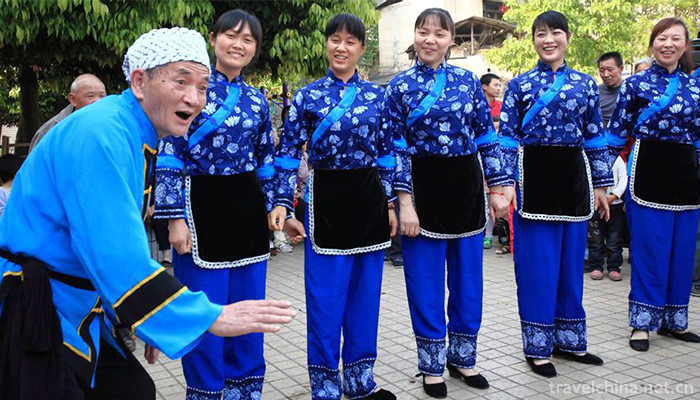
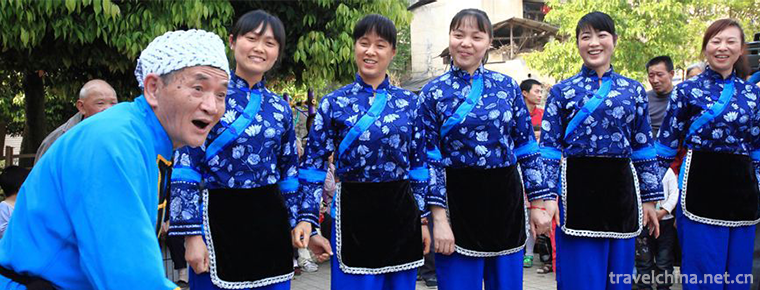
Mudong Mountain Song
-
The AncientCity of Lang Zhong
Langzhong Ancient City is a national AAAAA-level tourist attraction, a thousand-year-old county, the hometown of Chinese Spring Festival culture, one of the four ancient cities in China.
Views: 196 Time 2018-12-12 -
Drum Mountain
Gushan is located in the east of Jin'an District, Fuzhou City, Fujian Province, and on the North Bank of Minjiang River. It is about 8 kilometers away from the downtown area. It is one of the most fam
Views: 129 Time 2019-01-12 -
Maolangou National Forest Park
Maolangou National Forest Park is located in the northeastern part of Heilongjiang Province, at the northern foot of Xiaoxing'an Mountains and Xiangyang Township of Jiayin County,
Views: 195 Time 2019-02-07 -
Kazakh Aytes
Kazakh Aytes is a typical representative of Kazakh folk art, a competitive form of performance, is the most abundant content of Kazakh folk oral literature, the most influential literary type among th
Views: 237 Time 2019-05-02 -
Two tones of Han tune
Originally known as "Shan Er-huang", "Tu Er-huang" or "Shan Er-huang", the second largest traditional opera in Shaanxi Province is one of the traditional local operas in
Views: 177 Time 2019-05-02 -
Mongolian Humai
Humai, also known as laryngeal singing, double singing, multi-voice singing or Haolinchao, is a singing method of many ethnic groups around Altai Mountains, not unique to the Mongolian people.
Views: 855 Time 2019-06-03 -
Nuuziz Festival
The word "Nuruzi" comes from the ancient Iranian language and means "spring rainy day". On March 21 of each year, like the Spring Equinox, it means the arrival of spring. Uygur, Ta
Views: 299 Time 2019-06-08 -
Uygur Folk Songs
Uygur folk songs are rich in content, which can be divided into two parts: traditional folk songs and new folk songs. Traditional folk songs include love songs, labor songs, historical songs, Life son
Views: 171 Time 2019-06-26 -
Xiping Folk Song
Xiping Folk Song is a traditional folk song in Xiping Town, Xixia County, Nanyang City. Xiping Town, located in the hinterland of Funiu Mountain in Western Henan Province, is located in the combinatio
Views: 246 Time 2019-07-01 -
Beijing Forestry University
Beijing Forestry University is a national key university directly under the Ministry of Education and jointly established by the Ministry of Education and the State Forestry and Grassland Administrati
Views: 234 Time 2019-09-06 -
Batang Tuanjie steamed stuffed bun
The Tuanjie steamed bun was not invented by the 18th army when it entered Batang. In the old days, Tuanjie steamed bun, to be exact, was made by Batang ancestors hundreds of years ago. Moreover, it has been handed down to the present day.
Views: 248 Time 2020-12-06 -
Safety production in Leshan
By the end of 2018, there were 81 production safety accidents in Leshan City, with 73 deaths and a direct economic loss of 19.0522 million yuan. Among them, there was one major accident and no major or above production safety accident. In 1132 traffic
Views: 190 Time 2020-12-17
